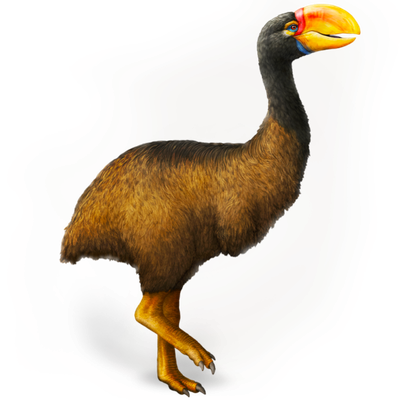Your search returned 50 results
By Page Type
By Tag
- All
- fish (966)
- blog (696)
- fishes of sydney harbour (401)
- First Nations (299)
- Blog (236)
- AMRI (169)
- archives (164)
- Eureka Prizes (146)
- Aboriginal and Torres Strait Islander (135)
- insect (126)
- Ichthyology (124)
- geoscience (109)
- minerals (102)
- climate change (100)
- podcast (94)
- Fish (91)
- Anthropology (89)
- International collections (80)
- Minerals Gallery (78)
- wildlife of sydney (78)
- Labridae (77)
- frog (74)
- gemstone (70)
- history (64)
- photography (64)
- Mollusca (60)
- gem (59)
- staff (59)
- Birds (56)
- Gems (56)
- Indonesia (56)
- education (56)
- shark (55)
- AMplify (54)
- people (53)
- earth sciences (50)
- past exhibitions (50)
- exhibition (49)
- Gobiidae (48)
- sustainability (46)
- Pomacentridae (45)
- Serranidae (44)
- lifelong learning (42)
- science (42)
- Earth and Environmental Science (41)
- Syngnathidae (41)
- Ancient Egypt (40)
- Bali (40)
- bird (40)
- dangerous australians (40)
-
Igneous intrusions
https://australian.museum/learn/minerals/shaping-earth/igneous-intrusions/Molten magma can invade the Earth's upper layers and then solidify as igneous intrusions.
-
Plate Tectonics
https://australian.museum/learn/minerals/shaping-earth/plate-tectonic-processes/Since the 1950s, several discoveries have led to a new understanding of how the Earth works.
-
The universe
https://australian.museum/learn/minerals/shaping-earth/the-universe/The universe can be defined as the whole of existing things from the scale of sub-micron to outer space.
-
Looking inside the Earth
https://australian.museum/learn/minerals/shaping-earth/looking-inside-the-earth/The internal structure of the Earth consists of three main parts, the crust, mantle and core. The division between the crust and the mantle is called the Moho.
-
Crystal shapes
https://australian.museum/learn/minerals/what-are-minerals/crystal-shapes/Minerals can be identified by the shape of their crystals or crystallography.
-
Man made minerals
https://australian.museum/learn/minerals/what-are-minerals/man-made-minerals/Over 200 minerals are identified as either directly or indirectly made by humans.
-
Metamorphic processes
https://australian.museum/learn/minerals/shaping-earth/metamorphic-processes/Most minerals are only stable at particular temperatures and pressures, so changes in these result in the formation of new minerals.
-
Geological origin of gemstones
https://australian.museum/learn/minerals/gemstones/geological-origin-of-gemstones/Gemstones are formed below the Earth's surface and can sometimes show traces of other minerals, called inclusions.
-
Valuing gemstones
https://australian.museum/learn/minerals/gemstones/valuing-gemstones/Gemstones are valuable because they are a rare and desirable commodity. They also represent time and labour spent on cutting and presentation.
-
The Solar System
https://australian.museum/learn/minerals/shaping-earth/the-solar-system/The Solar System is dominated by the Sun and the planets that orbit around it.
-
Discover more
2025 Australian Geographic Nature Photographer of the Year
Special exhibition
Free entry
Now open -
Discover more
Unfinished Business
Special exhibition
Free entry
Now open -
Find out more
Surviving Australia
Permanent exhibition
Free entry
Now open![]()
-
Find out more
Burra
Permanent kids learning space
Free entry
10am - 4.30pm![]()
-
Discover more
Minerals
Permanent exhibition
Free entry
Open daily![]()





